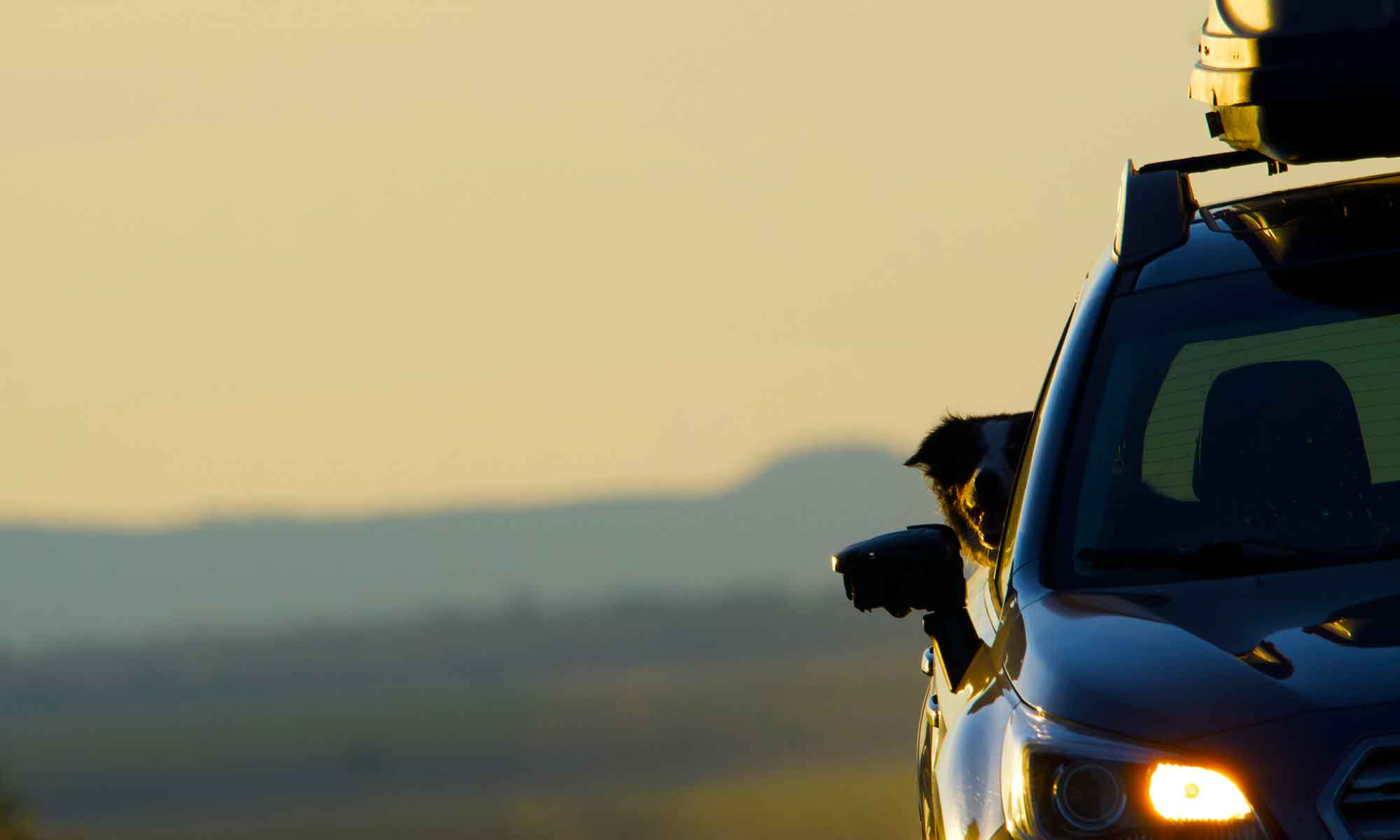 Blazed by early explorers like John Fremont, a mostly two-lane road winds south out of Bend onto the eastern slopes of the Cascade Mountains. This nearly 100 mile stretch started out as a dirt trail linking the city to a southern route over those rugged peaks. It’s those peaks that draw most of the traffic these days.
Blazed by early explorers like John Fremont, a mostly two-lane road winds south out of Bend onto the eastern slopes of the Cascade Mountains. This nearly 100 mile stretch started out as a dirt trail linking the city to a southern route over those rugged peaks. It’s those peaks that draw most of the traffic these days.
We regularly access the upper Deschutes River and Davis Lake along a stretch of FS 47, Cascade Lakes Scenic Highway. Though at least once a year we make the loop from the southern edge of Bend to it’s junction at Highway 58 because it’s a really beautiful drive.
South from Bend you climb to the base of Mt Bachelor. A major section of the highway is closed until late May but by mid-June it’s lined with wildflowers and snow capped peaks. There are many places to pull off and explore but we never just pass the meadow on the western edge of Sparks Lake.
 Soda Creek Campground caught our attention this trip. Only ten sites but all with views across the meadow.
Soda Creek Campground caught our attention this trip. Only ten sites but all with views across the meadow.
We will very likely be back for an overnight, to hopefully catch some wild life that venture onto the grassy flats that the creek meanders through.
From June to September the lakes and their resort beaches are filled with swimmers, kayaks, even powerboats … places we mostly avoid in the summer. We do however frequent a couple of turnoffs between Lava Lake and Crane Prairie Reservoir. A crystal clear stream, headwaters of the Deschutes River cuts a channel through the pines and offers great picnic sites.









 Macro photos give the viewer a very different prospective on the subject matter and require a different approach to taking pictures.
Macro photos give the viewer a very different prospective on the subject matter and require a different approach to taking pictures.






 As I was rigging up the nymph leaders, I noticed that JQ was taking a great deal of interest in a juniper near the stream’s edge. There was a Black Caddis Hatch and the tree’s branches were alive with the tent winged bugs.
As I was rigging up the nymph leaders, I noticed that JQ was taking a great deal of interest in a juniper near the stream’s edge. There was a Black Caddis Hatch and the tree’s branches were alive with the tent winged bugs.
 I think the saying goes, “the best camera is the one you have in your hand.” For must of us, it’s now our phone. Paired up with the Internet, smart phones have forever changed picture sharing.
I think the saying goes, “the best camera is the one you have in your hand.” For must of us, it’s now our phone. Paired up with the Internet, smart phones have forever changed picture sharing. For blog images and YouTube videos we use a combination of DSLR and iPhone. This month the phones got updated and that gave us a much better camera. To this we’ve also added lenses specifically designed for smart phones.
For blog images and YouTube videos we use a combination of DSLR and iPhone. This month the phones got updated and that gave us a much better camera. To this we’ve also added lenses specifically designed for smart phones.



 You can enjoy a good book when there is no hatch. Or, you can employ a wet fly technique of which there are many. The current method we are attempting is
You can enjoy a good book when there is no hatch. Or, you can employ a wet fly technique of which there are many. The current method we are attempting is  “… The fly line is hanging under the tip of the rod and its end often does not even touch the water. “
“… The fly line is hanging under the tip of the rod and its end often does not even touch the water. “





 Many fish were hooked. A dozen were actually ‘caught,’ and our education in short line nymphing has started. Along with how to manage line, rod and flies, we also got great pointers on casting, as well as how to read the water.
Many fish were hooked. A dozen were actually ‘caught,’ and our education in short line nymphing has started. Along with how to manage line, rod and flies, we also got great pointers on casting, as well as how to read the water.



 This river has long been a favorite place to park our van and fish the tail waters of Bowman dam. The river is known for its Redband Trout population (a subspecies of Rainbow trout). There are a fair number of fish in this river, though most are smaller sized. That said, it’s a much friendlier wade than the Lower Deschutes. Which was particularly true on this day.
This river has long been a favorite place to park our van and fish the tail waters of Bowman dam. The river is known for its Redband Trout population (a subspecies of Rainbow trout). There are a fair number of fish in this river, though most are smaller sized. That said, it’s a much friendlier wade than the Lower Deschutes. Which was particularly true on this day.